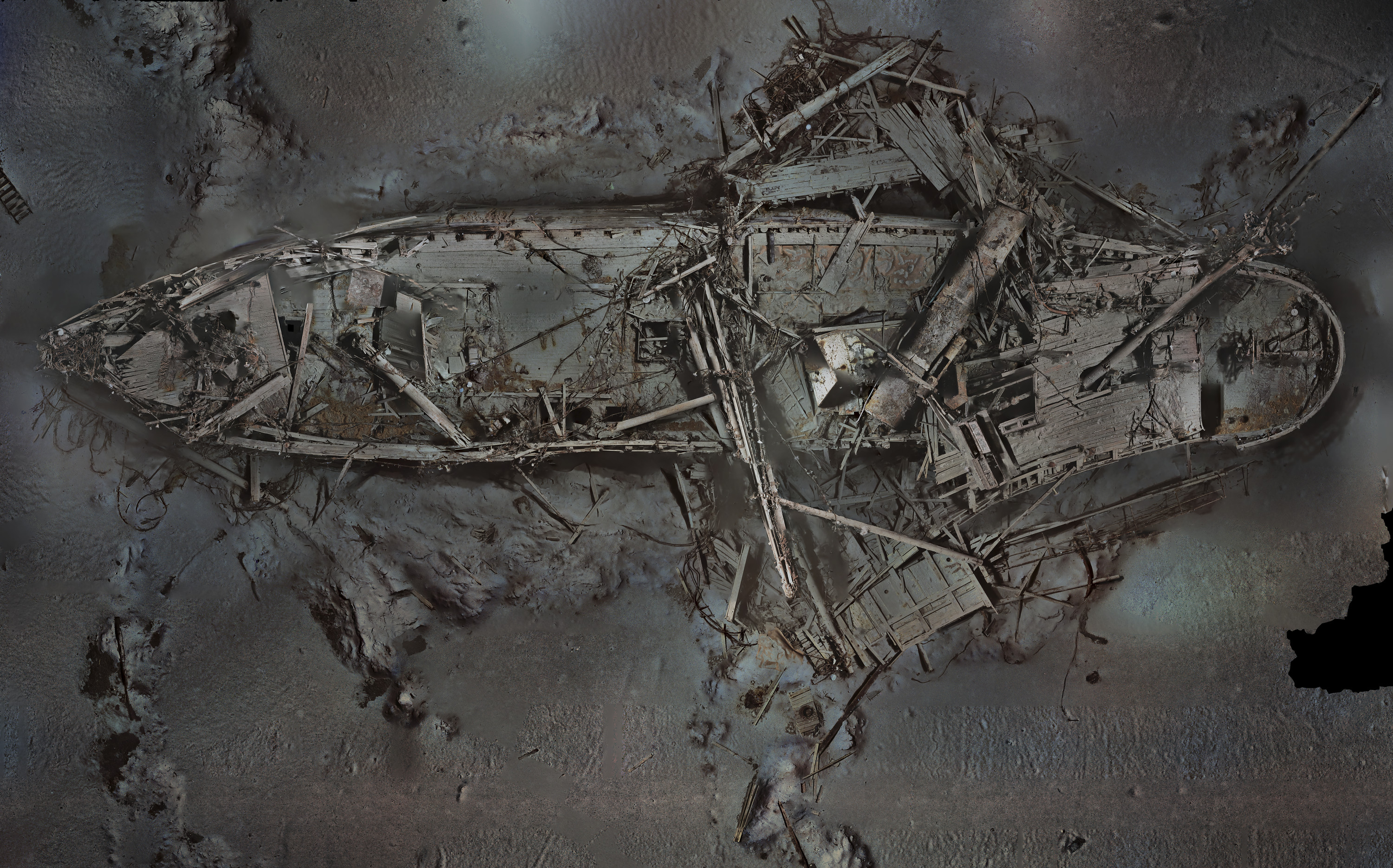Electronics, Vol. 12, Pages 4537: Transmission Line Fault Detection and Classification Based on Improved YOLOv8s
Electronics doi: 10.3390/electronics12214537
Authors: Hao Qiang Zixin Tao Bo Ye Ruxue Yang Weiyue Xu
Transmission lines are an important component of the power grid, while complex natural conditions can cause fault and delayed maintenance, which makes it quite important to locate and collect the fault parts efficiently. The current unmanned aerial vehicle (UAV) inspection on transmission lines makes up for these problems to some extent. However, the complex background information contained in the images collected by power inspection and the existing deep learning methods are mostly highly sensitive to complex backgrounds, making the detection of multi-scale targets more difficult. Therefore, this article proposes an improved transmission line fault detection method based on YOLOv8s. The model not only detects defects in the insulators of power transmission lines but also adds the identification of birds’ nests, which makes the power inspection more comprehensive in detecting faults. This article uses Triplet Attention (TA) and an improved Bidirectional Feature Pyramid Network (BiFPN) to enhance the ability to extract discriminative features, enabling higher semantic information to be obtained after cross-layer fusion. Then, we introduce Wise-IoU (WIoU), a monotonic focus mechanism for cross-entropy, which enables the model to focus on difficult examples and improve the bounding box loss and classification loss. After deploying the improved method in the Win10 operating system and detecting insulator flashover, insulator broken, and nest faults, this article achieves a Precision of 92.1%, a Recall of 88.4%, and an mAP of 92.4%. Finally, we conclude that in complex background images, this method can not only detect insulator defects but also identify power tower birds’ nests.

 11 months ago
52
11 months ago
52

